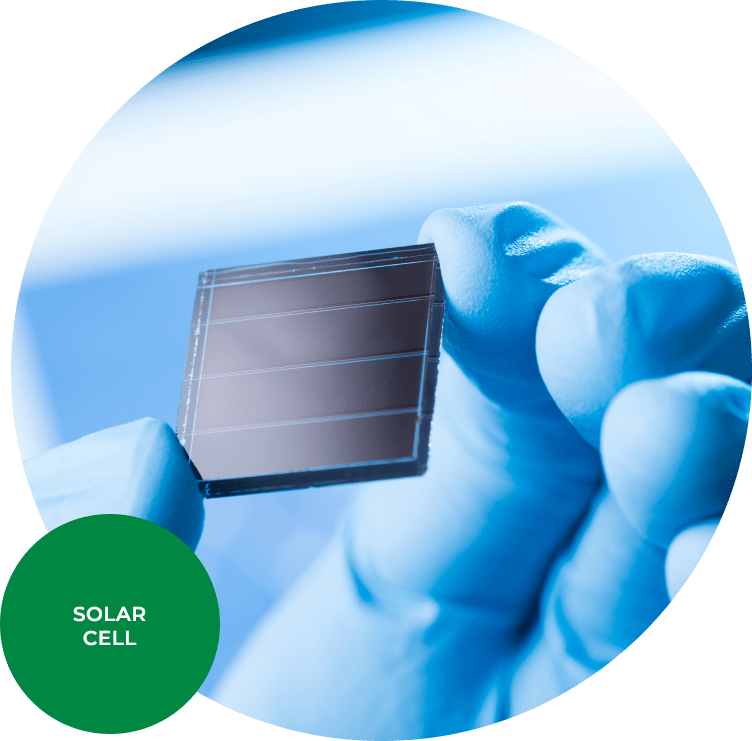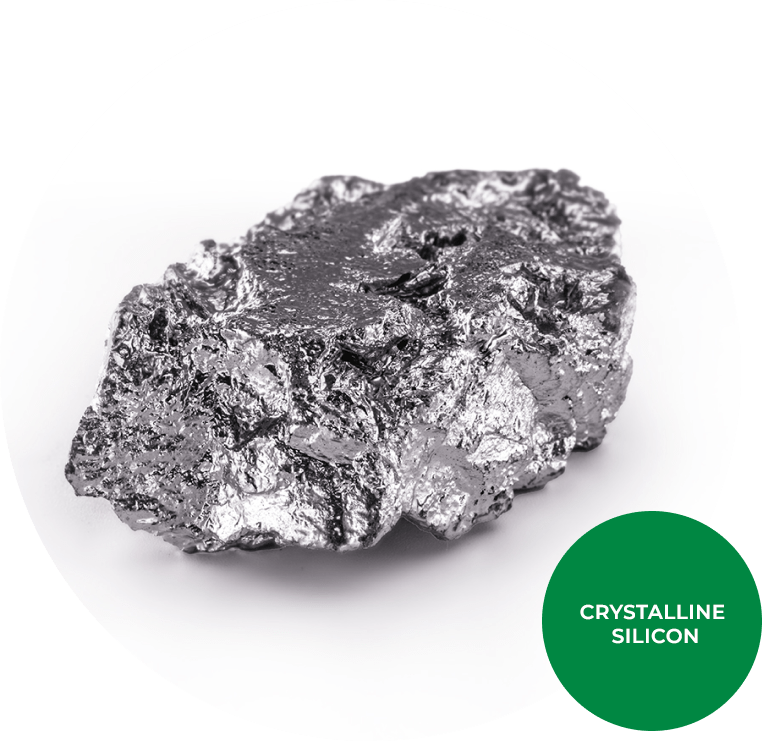Natural or primary energy sources can be divided into renewable and non-renewable, based on whether they deplete or not.
Over the last few hundred years people have increasingly been using and consuming, crudely put, cheap and ‘dirty’ sources of energy, such as fossil fuels; coal, crude oil and natural (methane) gas. The world's fossil energy reserves (oil and gas) are predicted to last another half century, while coal approximately another full century. Considering the length of human history, this is but a brief moment in time. These energy sources are finite and will inevitably be exhausted within one lifetime. Fossil fuels take millions of years to develop, so when we refuel at the gas station, we are drawing from a nonrenewable resource already at its end. Countries with larger qualities of these reserves had a starting advantage and currently hold significant economic supremacy (to the betterment or disadvantage of the rest of the world). In contrast, every country in the world has access to solar and wind, therefore, has the ability to become independent. Prioritizing renewable energy will diminish the reliance on imports from fossil fuel-rich countries.
The exploitation of many non-renewable energy sources is endangering the environment and human health. Access to fossil fuels usually requires either mining or drilling deep into the earth, often in environmentally sensitive locations. For example, drilling for oil results in deforestation and the pollution of our seas and oceans. While fracking (obtaining gas from deep in the earth's surface), can cause earthquakes and water pollution via methane leakage. And coal-fired power plants pollute the air causing various health complications. Lastly, all these activities contribute to global warming!
Renewable energy, often referred to as clean energy, comes from natural sources that are constantly replenished and able to be consumed in amounts that do not exceed the rate at which they are created in nature. Renewable energy reserves (sunlight and wind) do not run out. This makes a fundamental difference from non-renewable sources, whose reserves are currently estimated to exhaust in the next 100 years (including uranium used for nuclear energy).
Over the past three decades, research and development for green energy exploitation has taken off, yielding a host of promising new technologies that can reduce our dependence on coal, oil, and natural gas. Renewable energy sources also have a significantly lower impact on the environment than non-renewable ones. Fossil fuel burners are considered to be the main cause of carbon dioxide emissions. Since the industrial revolution, the average concentration of CO2 in the atmosphere has increased by 50%, causing the accumulation of water vapor, which has resulted in a rise in our planet’s overall temperature — the Greenhouse Effect.
Fossil fuels produce many more pollutants in addition to CO2 and water vapor. These are methane, chlorofluorocarbons, nitrous oxide and tropospheric ozone, that also contribute to climate change.

Green energy comes from sustainable sources such as sunlight, wind, rain, tides, plants, algae, biomass and geothermal heat. Some types of renewable energy, such as wind and solar energy, come from sources that do not deplete when used. Others, such as biomass, come from sources that can be quickly replenished.
By advocating for renewable energy or using them in your home, you can contribute to accelerating the transition towards a clean energy future.
People have been harnessing the sun's solar radiation for thousands of years. Today, we know very well that this energy can be transformed into other forms, such as heat and electricity, for various uses.
Solar energy is slowly but surely becoming an increasingly important source of electricity, but it is by no means a modern invention. In 1839, Alexandre-Edmond Becquerel discovered the "photovoltaic effect", which explains how electricity can be produced from direct sunlight. He discovered that a small electrical current could be produced when exposing an electrode, submerged in a conductive solution, to sunlight.
In 1941, Russell Shoemaker Ohl patented the modern semiconductor solar cell, which he discovered while working on improvements in transistor manufacturing. The US National Aeronautics and Space Administration (NASA) was the first to adopt solar technology in the 1950s, using it on the Vanguard satellite.

Solar, or photovoltaic cells (PV for short), are made of silicon or other materials and convert sunlight directly into electricity. This process produces the cleanest and one of the most profitable types of energy.
In addition to the obvious economic factors, a strong argument for switching from fossil fuels to green energy is an ecological one. The degree to which our natural environment has been affected has made it clear that alternative energy sources are the only viable solution. Solar energy can mitigate the damage and help nature to renew itself. Solar energy systems do not produce air, land and water pollutants nor greenhouse gasses, so long as they are installed properly. What is more, most have very little impact on the environment outside of the manufacturing process. When designing a solar power system for a property, in addition to estimating the power and annual energy that will be produced, a calculation is also made for the amount of fossil fuels and CO2 that will be avoided. A solar panel system installed on an average residential property can significantly contribute to the overall reduction of pollution per annum.
Solar energy is here to stay. More importantly, it is growing in demand. The sooner people accept it, the faster the world can make the switch from fossil fuels to environmentally friendly, renewable energy sources. Simply put, if you love this planet, it's time to minimize your carbon footprint* by soaking up the sun! Turn your roof into an energy generator, save the planet and start saving your income.
*The total amount of greenhouse gasses emitted by an individual, organization, event or product is called a carbon footprint. Simply, it is the pollution of nature that we produce with our daily activities.
